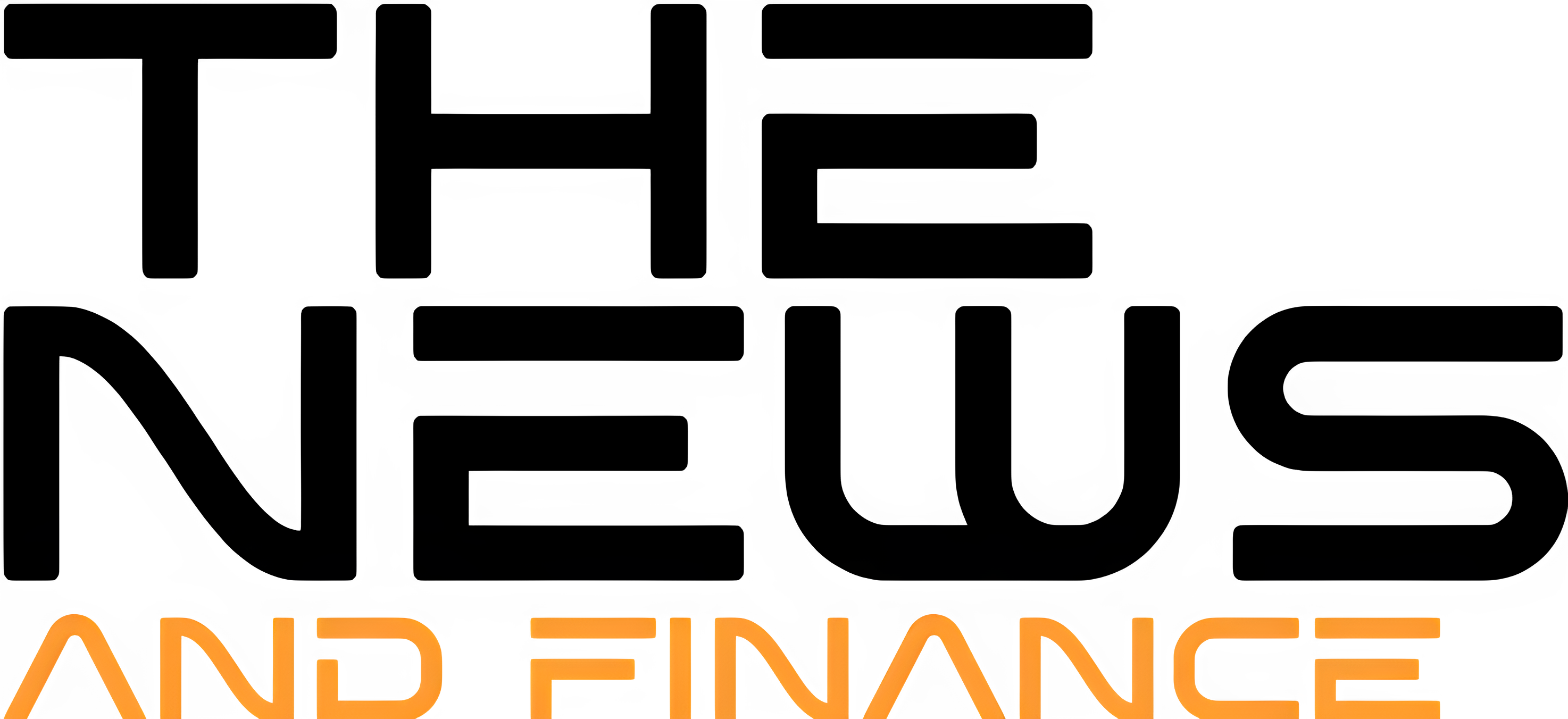Earlier research have proven that inventory pickers who use day-trading methods are prone to fail to beat inventory market averages. However a brand new examine says there may be an enormous exception to that rule.
The opening vary breakout technique — wherein merchants attempt to money in on volatility that usually happens at the start of the buying and selling day — was constantly worthwhile through the years 2016 to 2023, in line with two researchers.
In truth, utilizing this technique might help inventory pickers outperform a buy-and-hold technique, say Carlo Zarattini of the Swiss agency Concretum Analysis and Andrew Aziz, the founder and chief govt of Vancouver-based Peak Capital Buying and selling.
Shopping for or promoting inside the first 5 minutes of buying and selling might help buyers revenue on the volatility that happens when a inventory breaks out of its excessive and low vary, Zarattini and Aziz say.
In truth, the authors say utilizing the opening vary breakout technique resulted in an annualized return of a whopping 46% over the interval of the examine.
The technique is extra subtle than it sounds — for those who don’t perceive candlestick value charts and aren’t keen to make use of leverage, it’s in all probability not for you.
It’s also price noting that inventory market historical past is affected by buying and selling methods that labored effectively for a interval earlier than flopping miserably.
However the authors insist that the opening vary breakout technique can yield good outcomes. A MarketWatch report quotes the examine as saying:
“Opposite to what’s generally believed by those that are skeptical in regards to the usefulness of utilizing day buying and selling methods, we consider that there could also be nice worth in combining lower-frequency investments (resembling long-term purchase and maintain fairness indexes) with higher-frequency approaches. Additional, these keen to additionally diversify when it comes to buying and selling frequencies ought to count on to generate higher risk-adjusted returns.”
For extra investing ideas, try:









